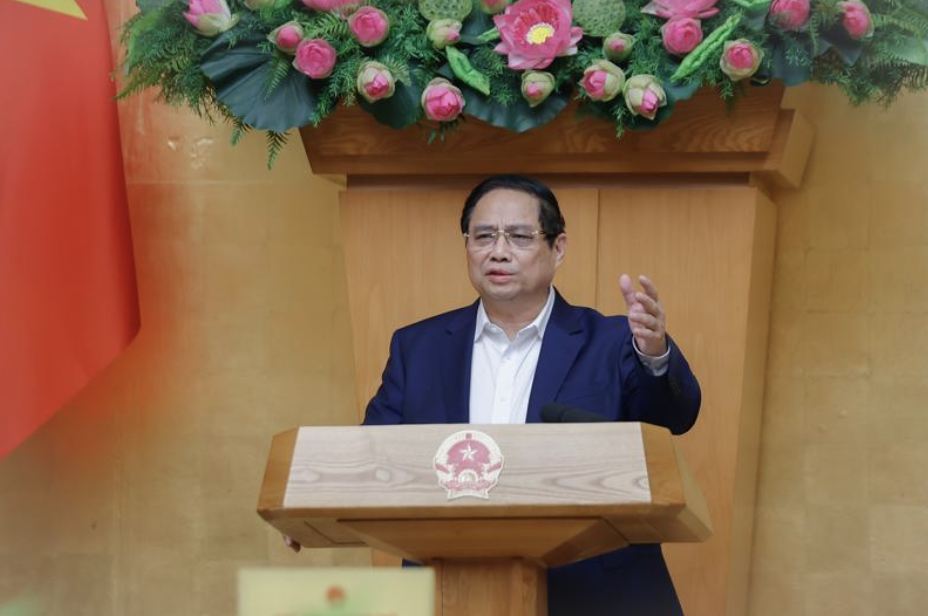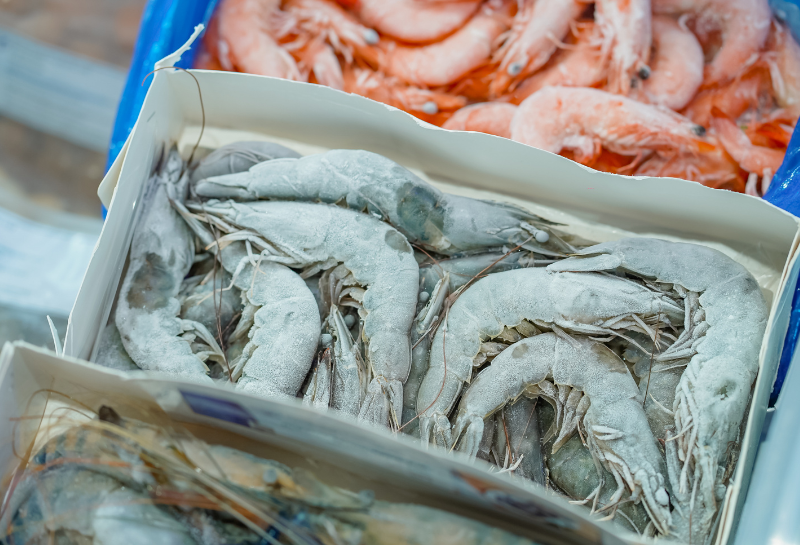US-Vietnam Tariffs. Secure Your Supply Chain: Understanding US Reciprocal Tariff Updates
President Trump’s early April tariff announcements triggered significant global market disruption. With the US as a primary export partner, Vietnam’s government promptly engaged in negotiations and strategic planning.
Understand the impact of US reciprocal tariffs on Vietnam’s exports and learn strategies to secure your supply chain and investment opportunities into Vietnam. This article provides updates and insights for businesses navigating the new tariff landscape.
01. Background: Trump’s Reciprocal tariffs on Vietnam
Following the announcement of the 46% reciprocal tariffs on Vietnam, Party General Secretary To Lam and US President Donald J. Trump held a phone call on the evening of April 4th to discuss US-Vietnam relations, during which a proposal for 0% reciprocal tariffs was made.
This was the first call received after the reciprocal tariffs announcement, President Donald Trump posted on Truth Social: “I just had a very productive phone call with Mr. To Lam, General Secretary of the Communist Party of Vietnam. Mr. To Lam told me that Vietnam wants to reduce tariffs to zero if a deal can be reached with the United States. I thanked him on behalf of our country, and said I look forward to a meeting in the near future.”

Image Source: https://vnanet.vn/

The Prime Minister emphasised “Exports are an important growth driver that must be promoted, but not the only driver; there are many other important drivers. The US is the largest export market, but not the only one.Therefore, we greatly respect and address the concerns of the US and conduct negotiations with the US in accordance with the high-level agreement between General Secretary To Lam and President Donald Trump“.
The Prime Minister has directed all departments to develop strategic plans and ensure rapid responses to evolving situations, accelerate the digitalization of government processes, and streamline provincial budget allocation to optimise development efforts.
02. The immediate impacts
Immediately after the announcement of the 46% reciprocal tariffs applied to Vietnam, many orders, particularly for seafood, garments, and textiles, were postponed and cancelled, causing significant concern among Vietnamese factories and labor forces.
Textiles and footwear, heavily reliant on the US as their primary export market, are particularly vulnerable to tariff impacts. The wood and furniture sector, with its significant US presence, will also suffer. Likewise, increased tariffs threaten electronics and components, potentially disrupting supply chains and reducing orders due to higher production costs.

Image Source: https://vnreview.vn/
The industrial real estate sector, buoyed by global manufacturing relocation, faces a potential slowdown if US-bound export factory expansion diminishes. Similarly, the logistics industry, a crucial trade intermediary, will experience revenue pressure as export volumes decrease, impacting transportation and warehousing services.

While some of Vietnam’s agricultural products could have huge direct impacts, Mr. Phan Minh Thong, Chairman of the Board of Directors of Phuc Sinh Joint Stock Company, stated that their US partner recently sent exchange content related to the US imposing tariffs on various countries. Notably, Vietnamese pepper and coffee exports to the US both have a zero tariff rate.
Coffee
On April 5, 2025, a day after the tariff announcement, Robusta coffee futures on the London stock exchange, for May delivery plummeted by $259, closing at $5,112 per ton. July futures fell by $283, settling at $5,105 per ton. Further-dated contracts also experienced significant declines.
On the New York stock exchange, Arabica coffee futures for May delivery dropped by 19.55 cents, closing at 365.70 cents/lb. July futures fell by 18.45 cents, reaching 363.30 cents/lb. Further-dated contracts all declined by over 17 cents.
This is the most significant decline since the beginning of the year. Although Vietnamese coffee exports to the US are currently subject to a 0% tariff, and there have been no official changes to US import duties, market sentiment is being affected by concerns about the potential risk of the US expanding tariffs on imported coffee.

According to Reuters, the 46% reciprocal tariffs that the US announced it would impose on Vietnam would add approximately $2,500 per ton to costs for US buyers. This poses a significant challenge for the US beverage industry, the world’s largest consumer of beverages.
Pepper
Also, on the 5th April 2025, pepper prices have plummeted to their lowest point this year, though export prices have remained relatively stable. According to preliminary statistics from the Vietnam Pepper and Spice Association (VPSA), Vietnam exported 27,416 tons of pepper of all kinds in the first two months of the year. Among them, the United States continues to be the largest export market with a volume of 5,890 tons, accounting for 21.5% of the market share.

Regarding the US imposing tariffs on imported pepper, on April 4th, the American Spice Trade Association (ASTA) made an official recommendation regarding the retaliatory tariffs recently issued by President Donald Trump: “ASTA looks forward to meeting with Trump Administration officials and having a productive dialogue with key agencies on this important issue. We are eager to help ensure that U.S. trade policies do not unintentionally harm sectors that rely on goods unavailable in the domestic market. ASTA firmly believes there is a path to protecting the U.S. spice industry and other American businesses, while keeping costs down for American families who depend on spices as part of their daily diet. After all, ensuring access to safe and affordable spices directly supports the Make America Healthy Again initiative’s goal of promoting healthier eating among U.S. families.”
Seafood
According to Vietnam Association of Seafood Exporters and Producers (VASEP), The US has always been Vietnam’s largest and traditional shrimp export market, accounting for about 20% of Vietnam’s total shrimp export turnover.
Prior to the tariff announcement, approximately 37,500 tons of seafood were en route to the United States. Fortunately, shipments that departed before April 5th will be exempt from the reciprocal tariffs.
Shrimp is the product most affected by the US tax policy, being the main product with the highest export turnover to the US; followed by tuna, pangasius, and sea fish.
Shrimp is the product most affected by the US tax policy, being the main product with the highest export turnover to the US; followed by tuna, pangasius, and sea fish.

03. 90-day pause on ‘reciprocal’ tariffs with exception of China
On 10th April, Vietnam’s major textile companies have accelerated production and delivery schedules, requiring orders to be completed within the next 90 days. At the same time, the Vietnamese textile and garment industry starts preparing contingency plans in case the high US tariffs cause Chinese textiles and garments to shift away from the US market and flood other major markets such as the EU, Japan, South Korea, and even the Vietnamese domestic market.

According to CNN, President Donald Trump announced a complete 90-day pause on all the “reciprocal” tariffs that went into effect at midnight (with the exception of China).
On April 12, the guidance issued by CBP late on April 11 listed electronic items in the tax-exempt category, including smartphones, computers, semiconductors, solar panels, flat-screen TVs, some networking equipment, drives and memory cards (CNBC).
04. Continuous Confidence: Investors Bet Big on Vietnam's Future
Vietnam will continue diversifying export markets, increasing exports to the EU, Japan and South Korea through free trade agreements such as the EVFTA and the Comprehensive and Progressive Agreement for Trans-Pacific Partnership, which have great potential to receive Vietnamese goods.
While the US market remains significant, Vietnam is actively diversifying its trade relationships, forging stronger ties with ASEAN partners, the EU, and other Asian economies.
Phuc Sinh Join Stock Company
On April 4, 2025, Phuc Sinh Joint Stock Company, a major Vietnamese pepper and coffee exporter, secured a $15 million investment from the Dutch Business Development Bank (FMO) to construct a coffee processing facility in Dak Nong province. This significant investment strengthens both Phuc Sinh’s operations and Vietnam’s standing in the global agricultural export market.

Image Source: Phuc Sinh Joint Stock Company
LEGO Vietnam
On April 9th, LEGO inaugurated its new manufacturing facility in Vietnam, marking its sixth global factory and second in Asia. LEGO’s CEO confirmed a $1 billion investment in Vietnam over the next 15 years. The factory will serve the Asian market, while existing facilities in Mexico and Virginia, USA, will cater to North American demand.





